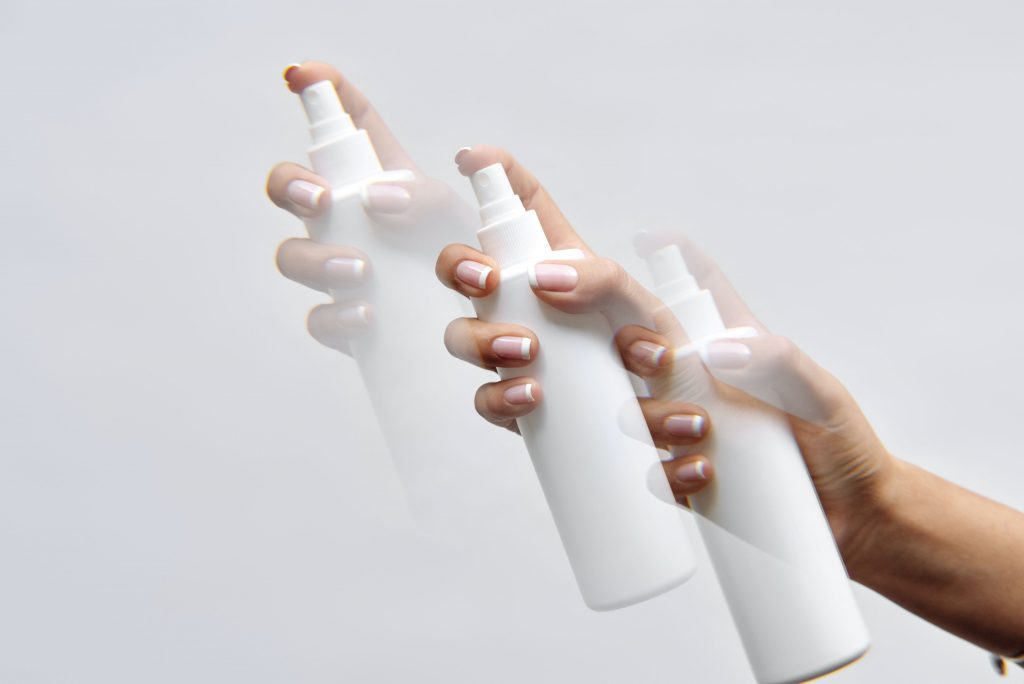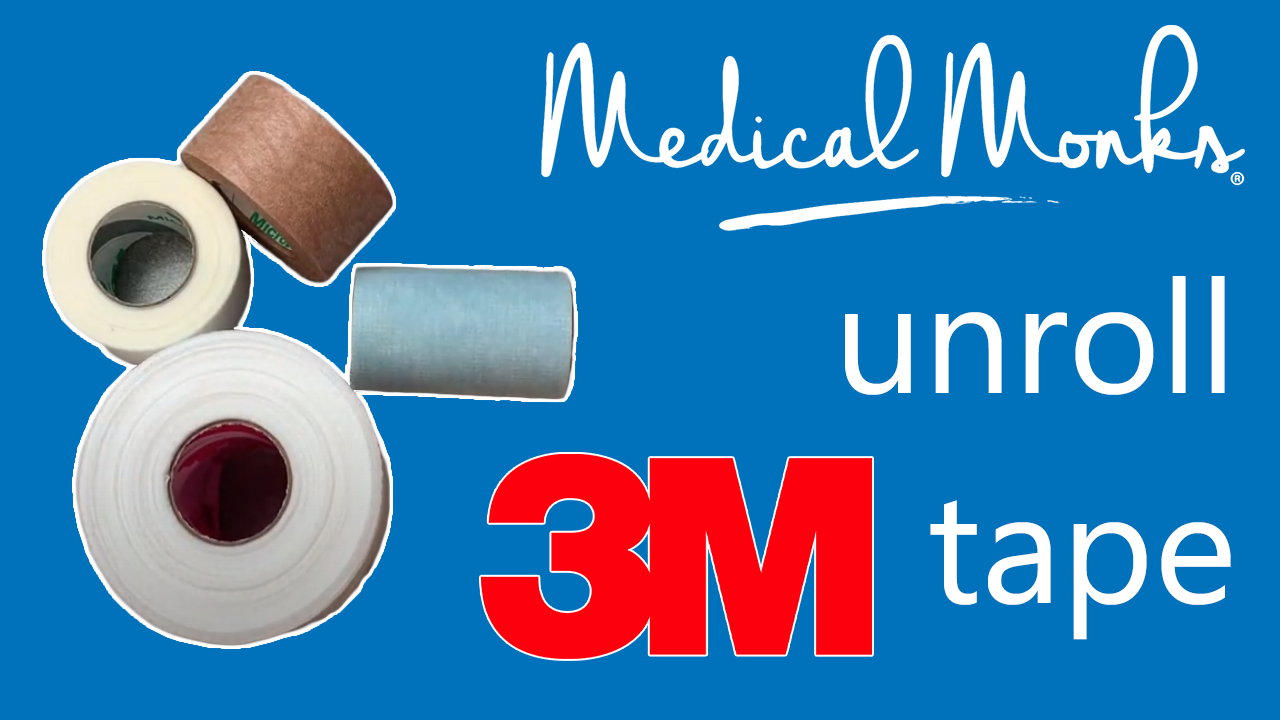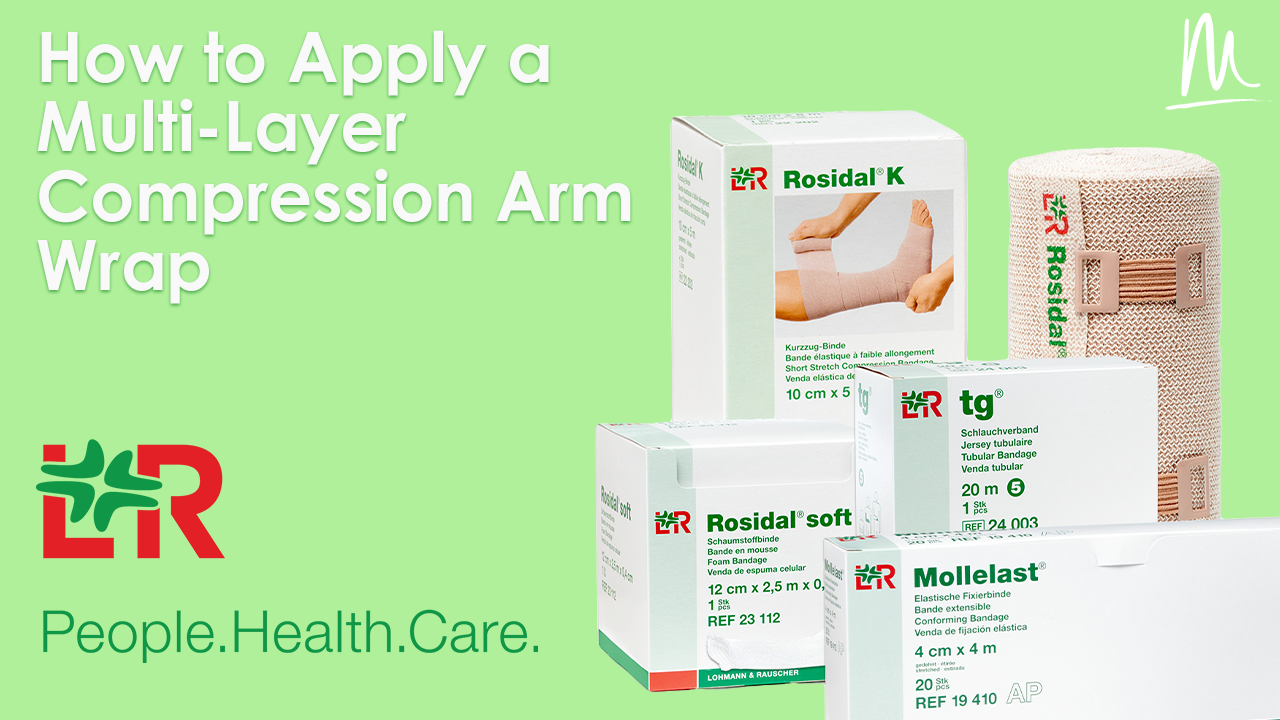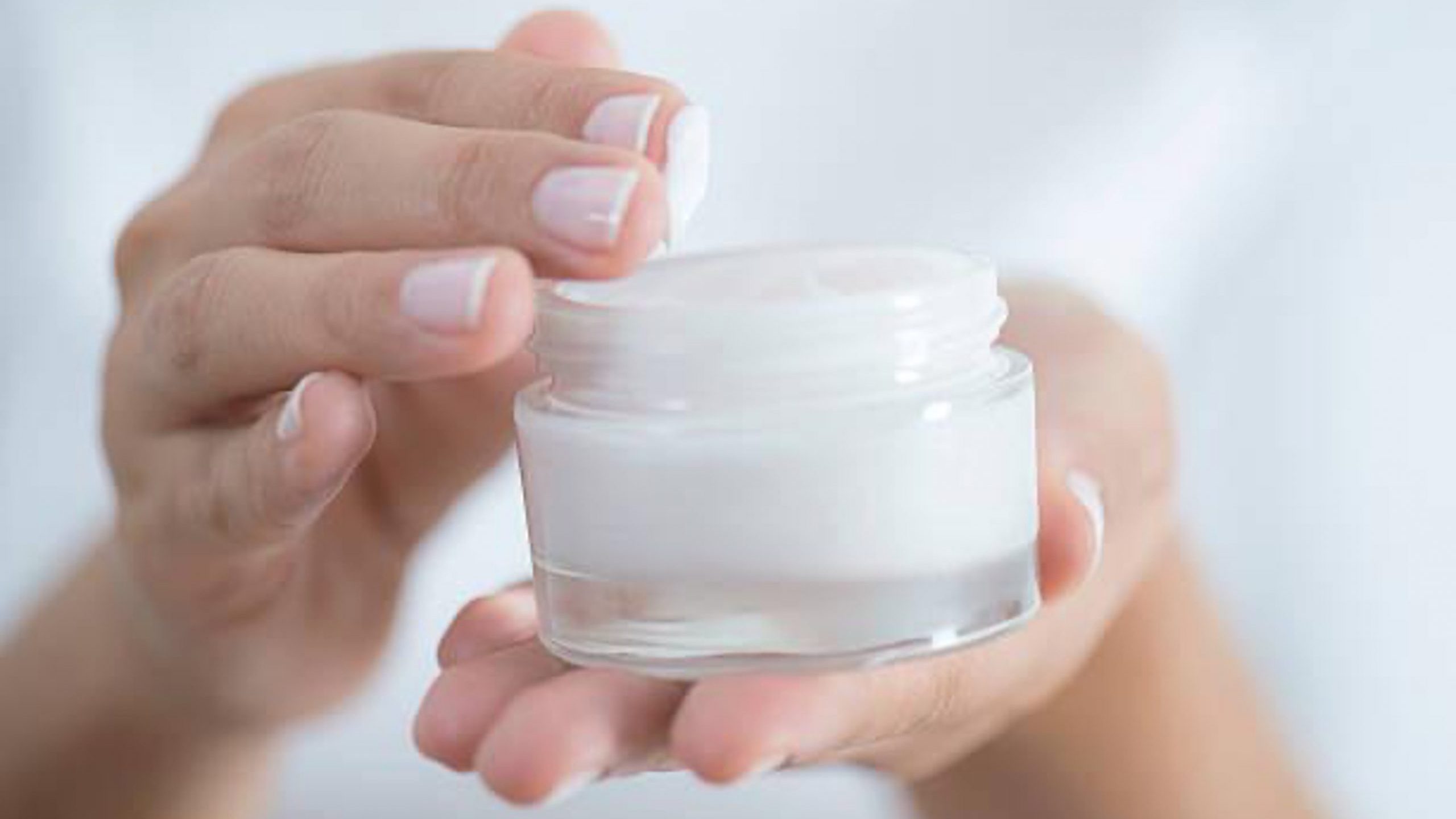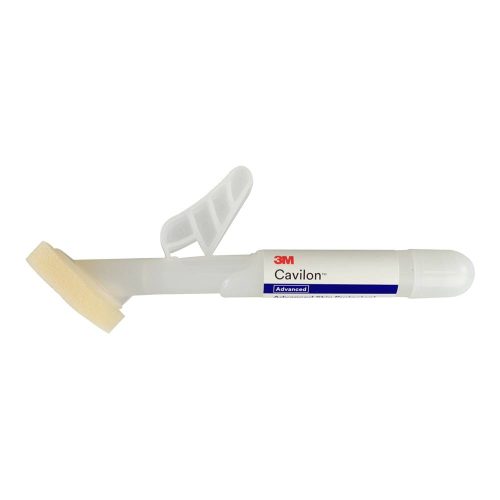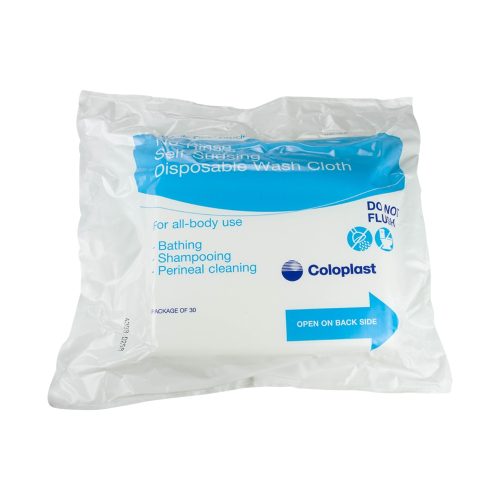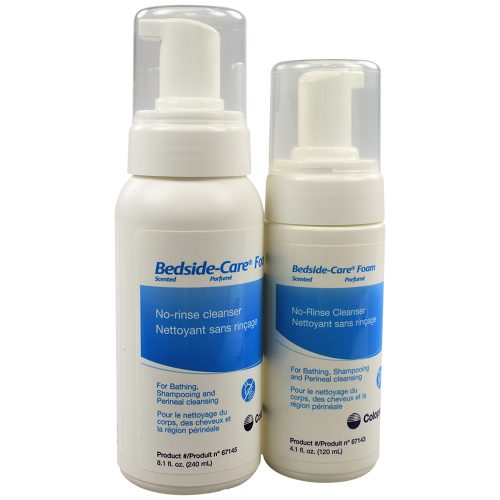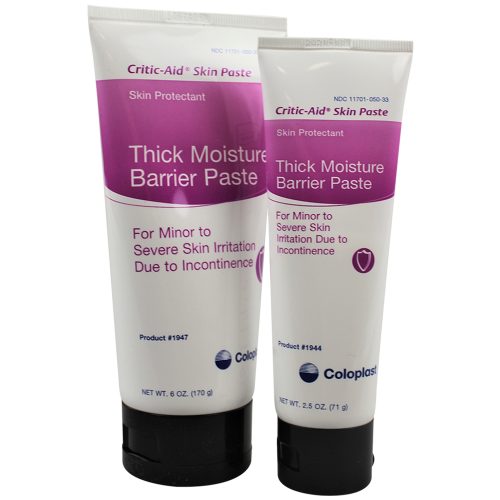If you or a loved one is living with incontinence, you’ll find it can come with a variety of complications. The root cause is corrosive moisture from bodily fluids. If left alone, this fluid erodes and irritates the skin in the perineal region, opening up infection risks and contributing to ulcers.
To reduce this progression, incontinence patients are encouraged to use a barrier cream, spray or similar protectant. Skin protectants create a shield against bodily fluids while simultaneously helping the skin retain its own moisture content and heal existing damage.
Yet, a number of formulas exist out there. Read on to understand the differences and improve your own incontinence care.
Incontinence Complications and the Need for Skin Protectants
Moisture accumulation in the perineal region is a serious complication — one that’s further exacerbated through the use of pads and protective underwear. Additionally, many incontinence patients are primarily sedentary, which greatly increases the risk of pressure sores.
Another possibility is incontinence-associated dermatitis (IAD), which is characterized by a combination of dryness, maceration, eczema, hyperkeratosis and other factors leading to irritation.
Developing an incontinence skincare routine, factoring in skin pH level and moisture management, reduces the likelihood of pressure sores and IAD. The following factors play a role:
- Skin pH: Exposure to bodily fluids not only irritates perineal skin but also alters the pH level, which can encourage breakdown, dehydration and bacterial growth. Routine exposure to a mix of urine and fecal matter increases the pH in response to the ammonia generated. When this occurs, the skin’s protective barrier thins out, increasing risks for friction and pressure ulcers.
- Protective underwear and pads: Although these incontinence solutions manage bodily fluids and prevent leaks on furniture, sheets and clothing, their design encourages skin irritation and breakdown by default.
Considering these factors, patients living with incontinence are encouraged to develop a skincare routine that involves:
- Cleansing and drying the perineal area after releasing bodily fluids, ideally with a mild, light cleanser that won’t dry or irritate the skin. Pat the area dry, rather than rub.
- Protecting the area from output by applying a skin protectant to clean, dry skin.
Types of Skin Protectants
Generally speaking, skin protectants perform three key functions:
- Application helps soothe already damaged skin, be it from exposure to bodily fluids or diaper rash.
- The often-waterproof composition creates a moisture-blocking layer that reduces exposure to bodily fluids while still allowing the skin to breathe.
- The barrier created reduces skin breakdown, erosion, ulcers and IAD, as well as bacterial infections.
For this purpose, lanolin or petrolatum is typically used to create an impermeable barrier. Types of skin protectants include:
Barrier Creams
Creams and lotions help hydrate dry and/or damaged skin. Because moisturizers are often absorbed into the skin, a more traditional barrier cream may need to be used on top as a proper protectant.
Barrier creams are often formulated with a combination of zinc oxide, dimethicone, petrolatum or another skin sealant. Once applied, the solution functions as an emollient to hydrate the skin and provide greater resilience against damage, including friction.
Some trusted moisturizing barrier creams include:
- Lantiseptic Skin Protectant: This emollient-based solution is formulated with 50% lanolin blended with beeswax and petrolatum to support moisturizing skin and encouraging the body’s ability to heal.
- Baza Protect Moisture Barrier Cream: Formulated with zinc oxide and dimethicone, this moisture cream blocks out wetness and provides soothing treatment to help with minor skin irritations as well as inflammation related to incontinence.
- Cavilon Durable Barrier Cream: This concentrated cream offers breathable, long-lasting protection from bodily fluids, and it moisturizes skin with a fragrance-free formula that vanishes into the skin.
Barrier Ointments and Sprays
Barrier ointments and sprays fulfill a similar role: creating a protective layer on the skin to reduce exposure to bodily fluids and moisture. The solution — often made with lanolin, zinc oxide or petrolatum — goes on clear for a greater degree of visibility.
Between these two, ointments come in a tube and often have a water or dimethicone base. To create a protective barrier, it needs to be applied directly to the skin in a thin layer.
Sprays, meanwhile, provide the same properties without having to potentially rub the skin. Less of the product is used during application, offering a more economical long-term solution.
Common choices for these items include:
- Calmoseptine Moisture Barrier Ointment: Protecting and helping heal skin irritations, this ointment also temporarily relieves discomfort, itching and pain for multipurpose use ranging from skin protection to helping treat insect bites or eczema.
- Secura Protective Ointment: This ointment provides excellent protection while nourishing skin with Vitamins A, D and E.
- Touchless Care Zinc Oxide Protectant Spray: A waterproof barrier spray, this is useful in situations where applying a cream is not an option since it lessens uncomfortable rubbing in both its application and removal (which usually takes only a single wipe).
Barrier Films
This type of barrier cream comes with an applicator, be it a wipe, wand or spray bottle. To create a waterproof barrier that locks moisture in, the solution uses a silicone polymer and dries relatively quickly, making barrier films ideal for protecting and healing broken, irritated or damaged skin.
Popular barrier films include:
- 3M Cavilon: Available as a wipe, applicator wand or spray bottle, Cavilon is a go-to choice throughout the healthcare industry for reliable skin protection. Its sting-free formulation ensures comfortable application.
- Brava Barrier Wipe: Brava wipes use a silicone-based, alcohol-free formulation to leave a strong, yet thin and breathable layer on the skin. This provides dependable protection while keeping skin healthy.
Further Information
To learn more about preventing perineal skin complications, and the products that can help, contact Medical Monks customer service. The Monks are available on phone or chat Monday through Friday, 8am-7pm EST. You can also contact us any time via email or text.
